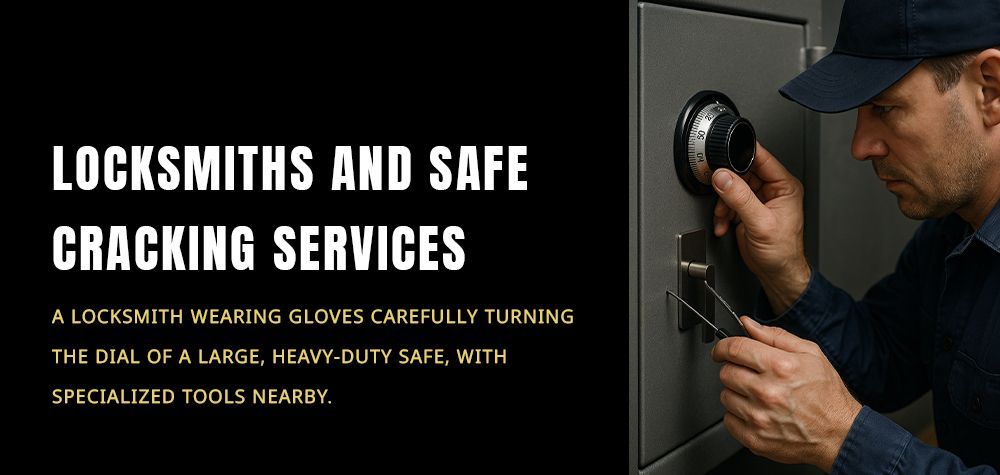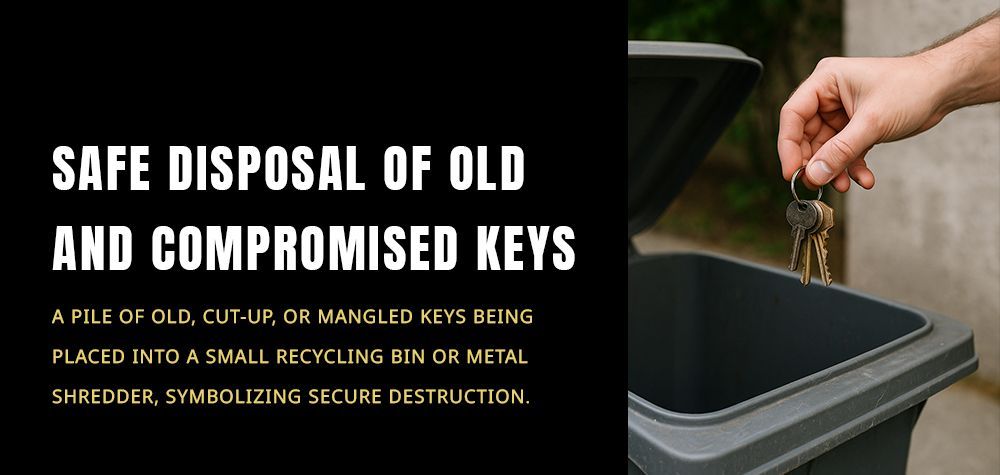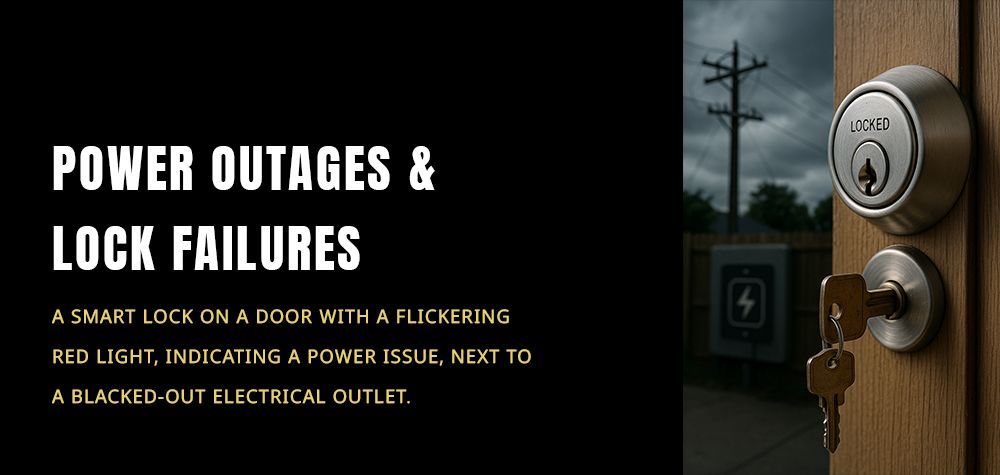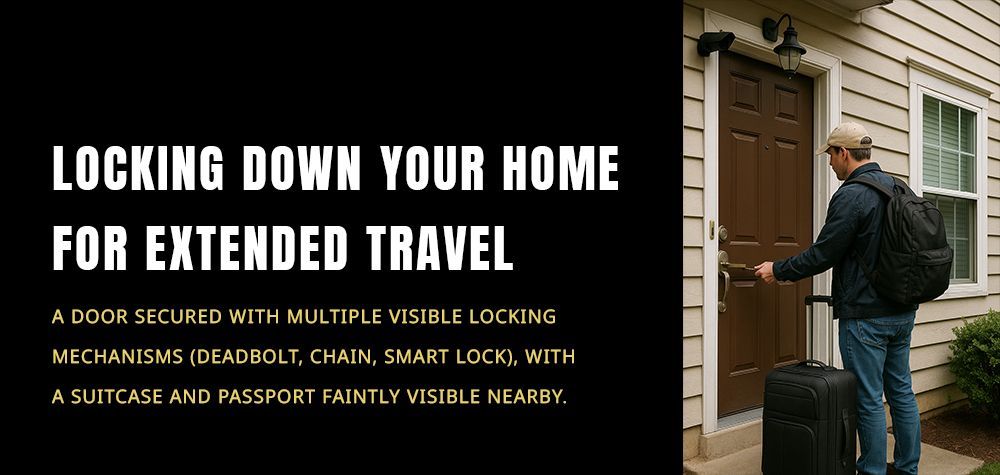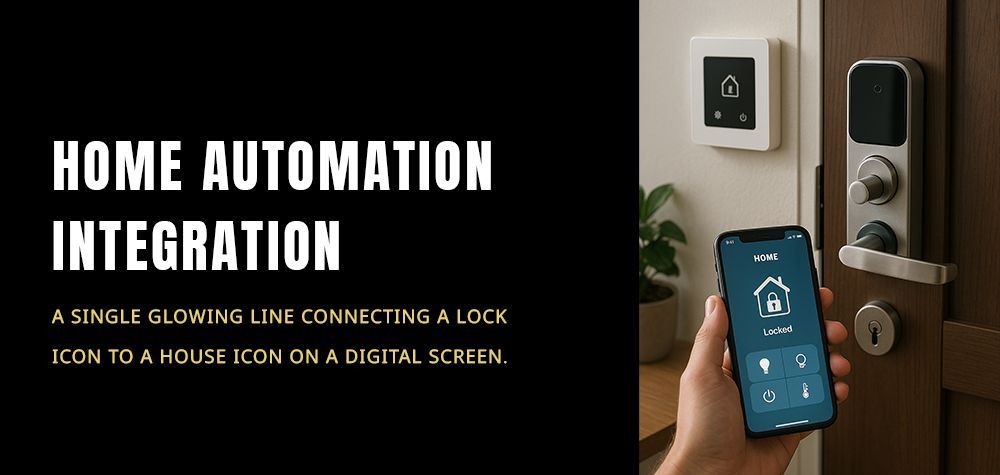5 Ways to Childproof Your Home Locks for Safety
Keeping your little ones safe at home is every parent’s top priority. While most people think of covering electrical outlets or securing sharp objects, one area that often gets overlooked is locks and doors. Children are naturally curious explorers, and an unlocked or easily accessible door can lead to dangerous situations—like wandering outside, accessing hazardous areas, or even locking themselves inside a room.
Fortunately, childproofing your home locks doesn’t have to be complicated. With a few smart adjustments, you can keep your children safe without compromising the convenience and functionality of your home’s doors. In this article, we’ll explore five effective ways to childproof your home locks for safety.
How to Tell If a Lock Has Been Tampered With
1. Install Childproof Door Knob Covers
One of the simplest and most cost-effective ways to prevent children from opening doors is by using door knob covers. These covers are designed to fit over standard round knobs, making it difficult for little hands to grip and turn them.
- How They Work: Adults can still operate the door by squeezing or aligning the cover properly, but kids usually lack the dexterity and strength to figure it out.
- Best Use: Perfect for bedroom, bathroom, or front doors where you want to restrict access.
- Pros: Affordable, easy to install, and removable when no longer needed.
- Cons: May not work on lever-style handles.
Pro Tip: For lever handles, look for lever lock guards that clip over the handle to prevent children from pulling it down.
2. Use Top-Mounted Slide Locks or Latches
Children are surprisingly quick at learning how to open doors, but their height works against them. That’s where top-mounted locks come in handy.
- How They Work: Installed at the top of a door, these locks are out of children’s reach. They act as an extra layer of protection, especially on doors leading outside or to dangerous areas (like the garage or basement).
- Best Use: Patio doors, entry doors, and any doors leading to unsafe areas.
- Pros: Extremely effective since kids can’t reach them.
- Cons: Adults need to remember to lock them consistently.
Pro Tip: Choose a sliding bolt or latch that’s sturdy enough to withstand tugging and shaking from curious little ones.
3. Add Childproof Deadbolt Covers
If your doors are equipped with deadbolts, children may try to copy your unlocking routine. Installing a deadbolt cover prevents them from easily turning the lock.
- How They Work: The cover is placed over the deadbolt thumb turn, blocking access or requiring a more complex motion that children cannot perform.
- Best Use: Front doors, back doors, and any exterior entrances.
- Pros: Strong, tamper-resistant, and blends with your existing hardware.
- Cons: Some models may be less convenient for frequent use.
Pro Tip: Opt for a sliding shield-style cover, which allows adults to quickly slide it open while keeping kids out.
4. Use Smart Locks with Parental Controls
Technology has made home security smarter—and it can also help with child safety. Smart locks can be managed via smartphone apps, which means you control who can access doors and when.
- How They Work: Instead of keys, smart locks rely on codes, apps, or even biometrics. Parents can lock or unlock doors remotely, set specific codes for family members, and monitor lock activity.
- Best Use: Main entrances or doors that you want complete control over.
- Pros: Provides full parental control, remote monitoring, and eliminates the risk of kids losing keys.
- Cons: More expensive than traditional childproofing methods.
Pro Tip: If you install a smart lock, enable notifications so you’re alerted if anyone tries to tamper with or open the door unexpectedly.
5. Secure Sliding Glass Doors with Childproof Locks
Sliding doors are especially tricky because they’re often easier for children to open. Thankfully, there are childproof locks designed specifically for them.
- How They Work: These locks prevent the door from sliding open unless disengaged by an adult. Options include sliding door bars, lock clamps, and top-rail locks.
- Best Use: Patio doors, backyard entrances, and balcony doors.
- Pros: Strong, effective, and can double as an anti-burglary measure.
- Cons: May require minor installation.
Pro Tip: Combine a sliding door lock with shatterproof window film to enhance both child safety and home security.
Bonus Tips for Extra Safety
- Always keep keys, fobs, and remote controls out of reach.
- Teach your children about door safety rules as they grow.
- Regularly check locks and childproofing devices to ensure they are working properly.
Final Thoughts
Childproofing your home locks is not just about preventing your kids from running outside or locking themselves in a room—it’s about creating a safe and controlled environment where they can explore without unnecessary risks.
From simple knob covers to advanced smart locks, you have a range of options depending on your budget and needs. By combining a few of these methods, you can enjoy peace of mind knowing your children are safe while still maintaining easy access for adults.
Call Us Any Time!



